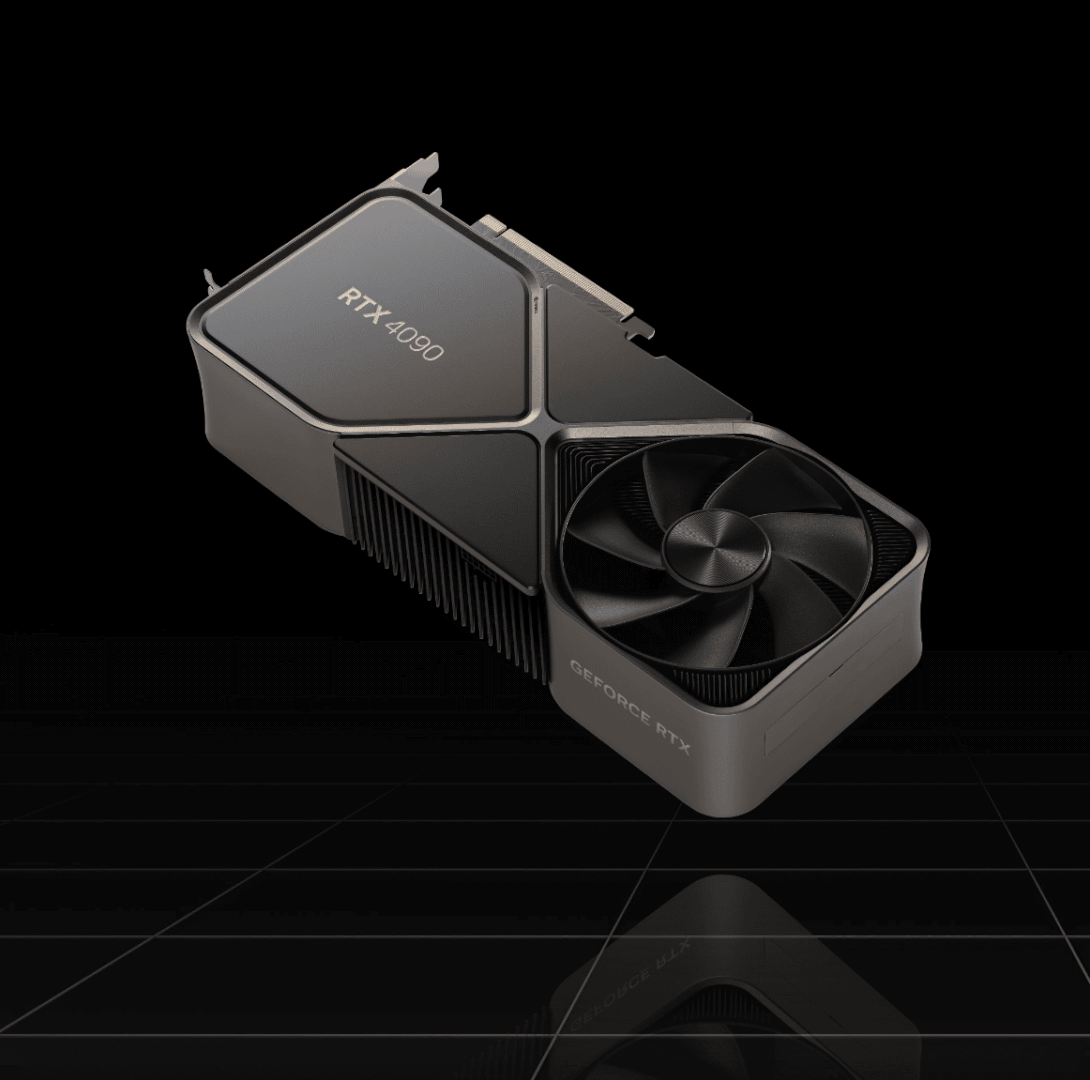Let's ignore the die names, as has been mentioned by others, it doesn't matter that one GPU is called xx102 and another is called xx104. All that matters is the relative size and performance between various model of GPUs throughout the stack, so let's look at that.
| SM Count | FP32 Tflop Perf | SM Relative/TOP GPU | Tflops Relative/TOP GPU |
| RTX4090 | 128 | 82 | | |
| RTX4080 16GB | 76 | 48 | 59% | 59% |
| RTX4080 12GB | 60 | 40 | 47% | 49% |
| | | | |
| RTX3090 | 82 | 35 | | |
| RTX3080 | 68 | 29 | 83% | 83% |
| RTX3070 | 46 | 20 | 56% | 57% |
| RTX3060 | 28 | 12 | 34% | 34% |
| | | | |
| RTX2080ti | 68 | 26 | | |
| RTX2080 | 46 | 20 | 68% | 77% |
| RTX2070 | 36 | 14 | 53% | 54% |
| RTX2060 | 30 | 12 | 44% | 46% |
| | | | |
| GTX1080ti | 28 | 11 | | |
| GTX1080 | 20 | 9 | 71% | 82% |
| GTX1070 | 15 | 7 | 54% | 64% |
| GTX1060 | 10 | 4 | 36% | 36% |
* From looking at the data this way, we can see the 4080 16Gb is 59% in both size and performance of the top GPU, the 4090 and the 12GB is 47-49%
Now, looking previous generations, which GPU's roughly fall into this 47% to 59% range?
* From the RTX 3000 series, the RTX3070 does at 56%-57% of the RTX3090
* From the RTX 2000 series, the RTX2060 and RTX2070 does at 46%-54% of the RTX2080ti
* From the RTX 1000 series, the RTX1070 does at 54%-64% of the RTX1080ti
So now, we can see that that the RTX4080 (both versions), fall into the same size and performance category that the prior 3 generations reserved for its xx60 and xx70 series





